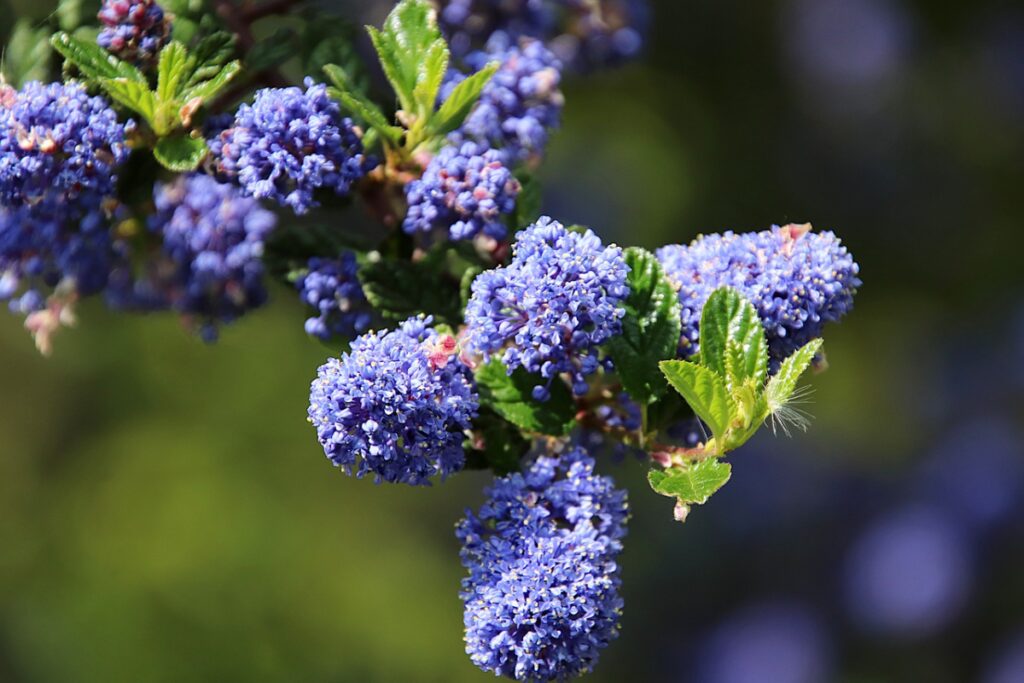When considering your garden or landscape, evergreen plants are often left without a thought. However, these plants can add some much-needed color to any area, even in the wintertime.
Curious? Read on for two gorgeous evergreen plants to include in your garden.
Ceanothus
Also known as California lilacs, these abundant plants bloom with some large clustering flowers that are known to attract pollinators. These flowers can be in bloom for around six weeks; of course, bloom times and lengths will vary depending on the species chosen and the location planted.
To grow thriving California lilacs, there are a few things to consider:

Light
California lilacs do best in locations with full sun. Areas with too much shade will result in the plants providing disappointing blooms.
Temperatures and Humidity
These Californian evergreen natives are known to appreciate a more Mediterranean-styled climate. This means mild, wet winters and hot, dry summers.
Water
California lilacs will need deep, regular watering when first planted. However, once established, these plants are known for their drought tolerance.
Soil
California lilacs will do well in most soil types, as long as they’re well-draining. If the soil is too chalky, it can lead to yellowing leaves.
To help plants grow in soils that don’t have the best drainage, try planting the shrub on a slope or mound; this will promote a faster runoff.
Camellia
These Asian natives are known for their deer resistance and the various colors, sizes, and forms they can be found in.
To successfully grow Camellia plants, there are some things to note:
Light
Camellias will thrive best getting some shelter from the afternoon sun in locations that offer partial shade. As the plants grow, they will gradually start tolerating more sun.
Soil and Fertilizer
Make sure to feed your Camellias with acid-forming camellia fertilizer in the spring once the flowers dropped.
Then, if the growth seems sluggish, or sparse, or the plants start losing color in the summer, be sure to fertilize again. Just be sure you don’t overdo it and follow the recommendation on the fertilizer’s label.
Water
For the first year after planting, watering is crucial. Make sure to water the plants thoroughly enough to moisten the roots completely. Then, once established, these plants will get by with little watering.
Pruning
It’s best to prune the Camellia plants after blooming ends. When pruning, make sure to cut above a scar marking the end of the previous year’s growth; this is often found to be a thicker, somewhat rough area where the color and bark texture slightly differs.
Get Gardening!
And there you have it! Two amazingly beautiful evergreen plants to consider planting to enhance your landscape.
Follow us on Facebook and Twitter to ensure you’re informed about different gardening techniques and tricks each week!
